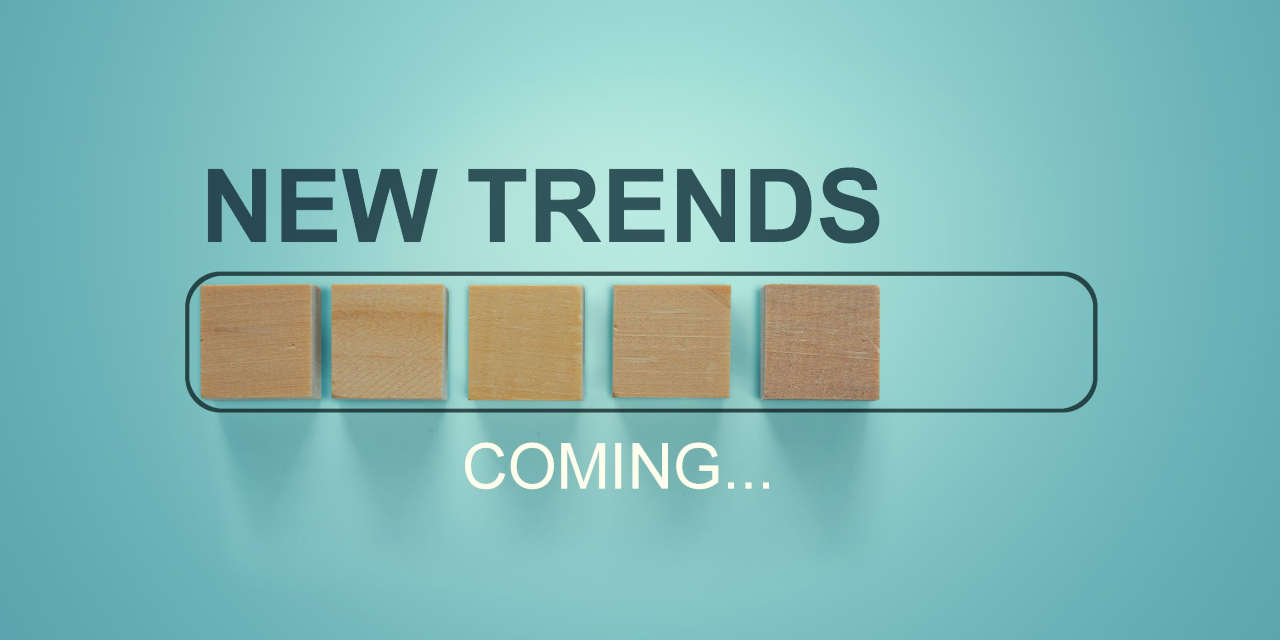By Steve Moran
These trends will rule the next decade of senior living.
The world of senior living is changing and will change even more in the coming decade. It is a good industry that has the potential to be life-changing and great, for residents, team members, leaders, and the world. There are things that are happening to and in senior living that will disrupt our business. They have the ability to expand what we do or crush us.
The 7 Trends
- Staffing shortages could make senior living the only option for poor older people. This almost needs its own article. … As the pool of frontline workers decreases and the number of elders who need care increases, the supply and demand formula will get even more out of whack than it is today.I envision a time when frontline care workers will be making $40, $50, or even $60 an hour, approaching what nurses are making, because most nurses won’t do the hard work that CNAs and care aides do.
When this happens, home care will come crashing to its knees. The government will insist that people get care in senior living communities because it will reduce costs.
- Frontline staff will have all the power. In the mid 1300s the world was crushed by the Black Plague. So many workers died that wages doubled and tripled for those who survived. All of a sudden people could choose who to work for based on wages and working conditions.
We have already had a taste of this because of COVID-19. This trend will become more pronounced in the coming years as we face the demographics of the aging population and shrinking family size.
- More senior living lite. Companies like Holiday Retirement were early adopters of this model — modestly priced independent living, where the services were limited and the dining basic but adequate. Then as residents aged, they were able to bring care staff into their private homes.
- Party hard, die young. We see models like The Villages in Florida, Sun City, and Margaritaville Latitudes that are focused on living a “young carefree” lifestyle when old. It will almost certainly result in reduced life expectancy, but there is a growing thinking that preserving the body so that one can wait around a long time to die is not as appealing as it once sounded.
- Multi-generational housing. Many of us are living it more or less accidentally. For many older people, senior living is still seen as a suboptimal experience. But many families will choose this option because it saves buckets of money; it reduces the negative impacts of loneliness and it feels natural.
- The number of nursing home beds will continue to shrink … substantially. We already knew that nursing home rooms with multiple residents were a terrible way to live out one’s last few weeks, months, and years. The pandemic taught us that multi-resident rooms are dangerous for residents’ health. In addition, as boomers age fewer of them will choose to die rather than live out their lives as empty shells.
- Experience will become THE THING. Boomers are really the first generation to figure out that having experiences was better than having things. Today senior living still mostly sells safety and security and that is because we are hearing from consumers. But as Margaritaville has figured out, if you get the experience right and at a reasonable price, consumers will be standing in line to purchase what you created.
- Co-housing (maybe 8 or more likely honorable mention. I think it is actually tough to know if co-housing will be a thing. There are a number of experiments going on around the country but figuring out how to have peace with a bunch of older adults who have been used to doing their own thing is not an easy task.
What do you think? Would you add to this list? Would you take anything away?








